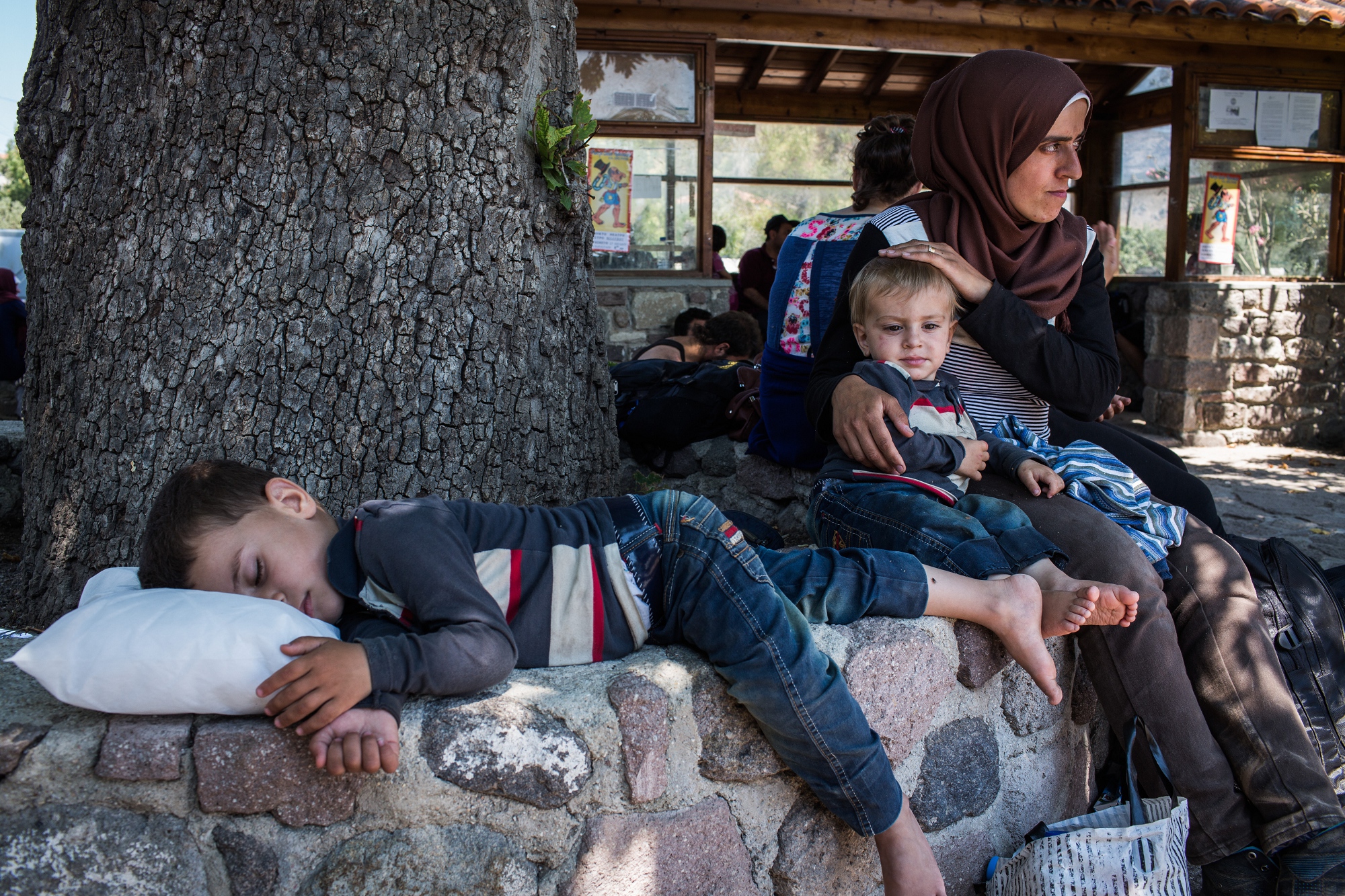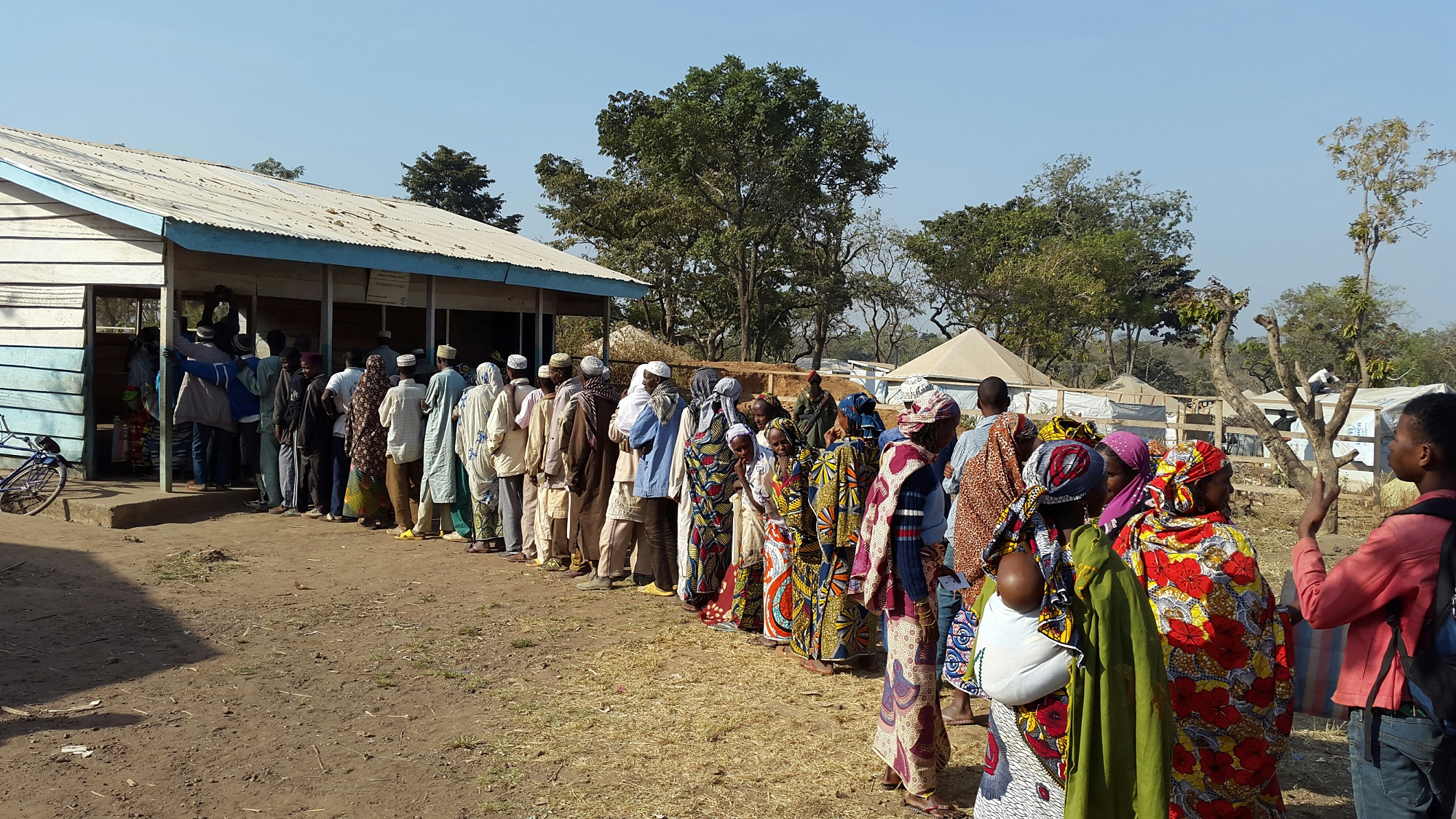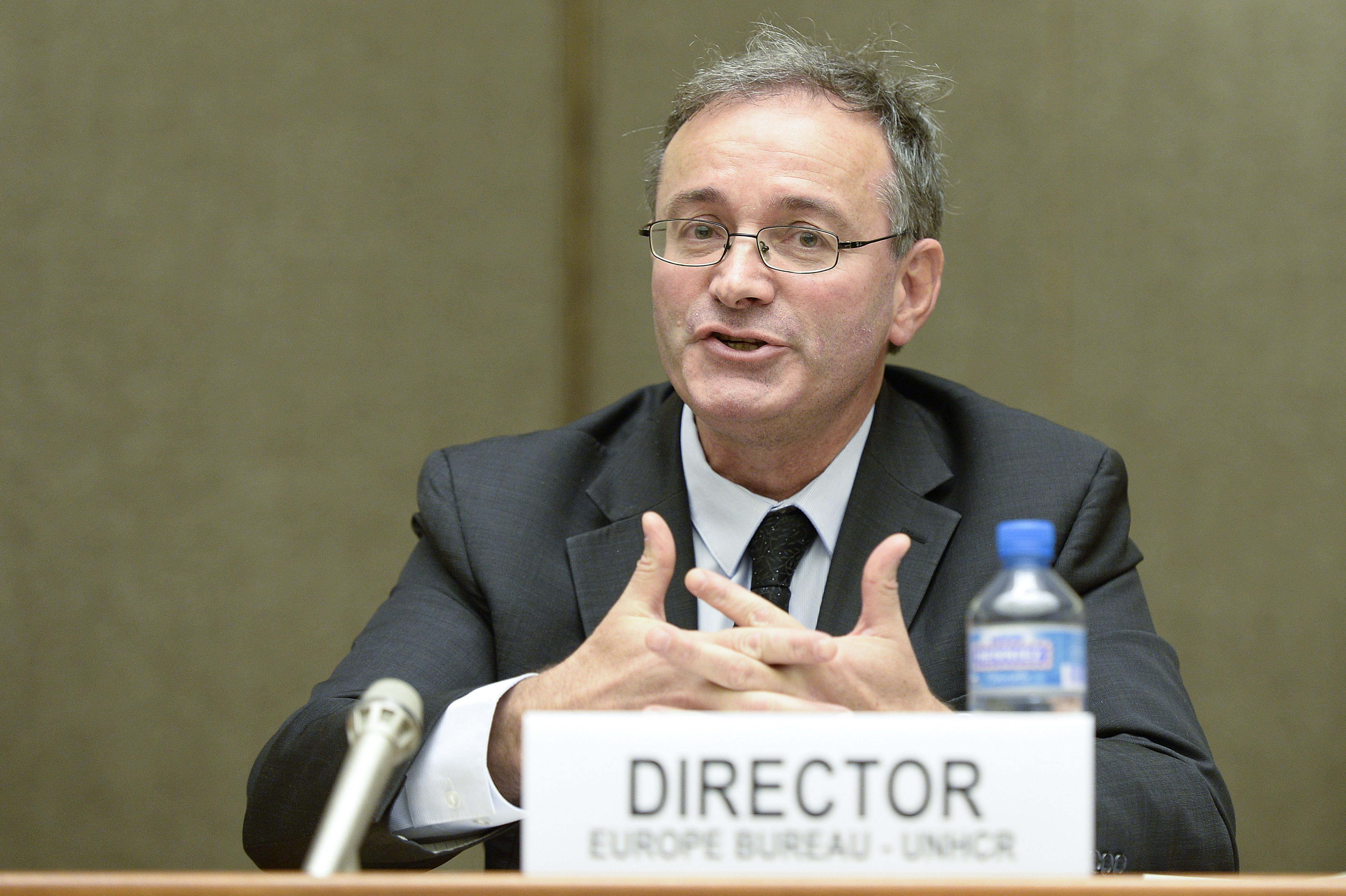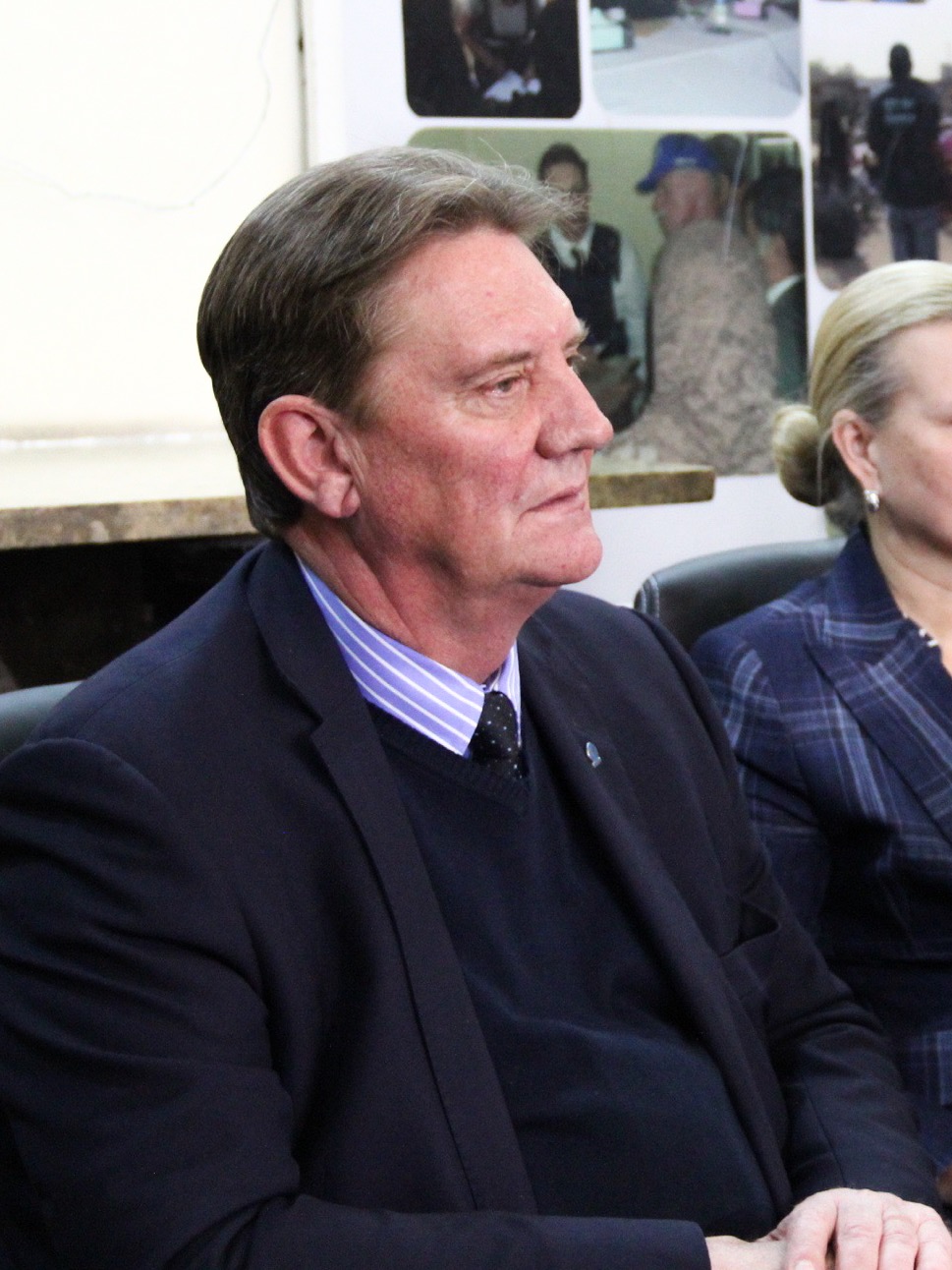Q&A: Northern Sri Lanka emerges from conflict but challenges remain
Q&A: Northern Sri Lanka emerges from conflict but challenges remain

GENEVA, April 7 (UNHCR) - The UN refugee agency and the Swiss Agency for Development and Cooperation have just released a report that examines the impact of a cash grant provided by UNHCR to help displaced people in northern Sri Lanka return home and restart their lives. As the last phase of the long conflict between government forces and the rebel Liberation Tigers of Tamil Eelam (LTTE) unfolded early last year, more than 280,000 civilians were forced to flee. With the end of the war, the majority were relocated to camps run by the government with the help of humanitarian agencies, and towards the end of 2009 they started to return home. UNHCR Senior Policy Officer Vicky Tennant, one of the authors of the report, talked to Public Information Officer Hélène Caux about her visit to northern Sri Lanka earlier this year and discussed the implications of a recent decision to suspend the grant owing to a lack of funding. Excerpts from the interview:
What was the purpose of the joint mission to Sri Lanka?
We were there to do an evaluation of the support that UNHCR has been giving through the shelter grant programme. We were looking at the impact this was having and whether it was helping people to re-establish their lives back in their home areas. Essentially these were people who were displaced in the last phase of the fighting in northern Sri Lanka - more than quarter-of-a-million people. They went through some extremely traumatic experiences during the conflict and most of them spent several months in closed camps before they were allowed to return.
Tell us a bit more about the cash grants
The cash grant consists of a payment which is made to each returning family - 25,000 Sri Lankan rupees (about US$220) per family. The first 5,000 rupees is paid by the government when they arrive and is later reimbursed by UNHCR. After a few days, UNHCR and the government register the returnees and give them a form that they then can take to the Bank of Ceylon to open an account and withdraw the other 20,000 rupees whenever it is convenient.
The banking system in Sri Lanka is pretty effective and the banks continued to function throughout most of the conflict, even in the north of the country. There are three Bank of Ceylon branches in the main return area, the Vanni, and the bank has mobile teams that it has been sending to the villages where the returnees are coming back. It seemed to have been working pretty well.
The aim of the grant was to help people rebuild their homes, carry out essential repairs or, if necessary, to build some kind of temporary shelter. But, really, the positive thing about cash grants is that they are very flexible and they allow people to decide what their own priorities are. It's also a good way for UNHCR to be present during the return process and monitor how things are going for the people who are returning. The organization has been using cash grants for many years now, especially in these large-scale return situations, and we've found that it's a really effective way of providing people with the support they need.
We were really disappointed to hear after our return that the cash grant had to be suspended because of lack of funding. From what we saw, people were using the money very constructively and it was making a big difference to those first weeks after they had returned.
What were people using the money for?
What we found is that they were using the cash grants for a whole range of things, including shelter. We spoke to one man who had bought tools to clear his land so he could replant his fields. We spoke to people who told us they spent part of it to buy fresh vegetables. Others used some to buy clothes for their children.
A lot of people told us they used the grant to buy bicycles. For example, young men looking for work can use bicycles to go to the nearest town, or maybe to go to the market and buy food. Some take their kids to school by bike. In fact that was probably the number one thing that people mentioned - buying a bicycle - because the public transport services are still very limited.
Which areas did you visit in Sri Lanka?
After meeting people in Colombo, we went to Vavuniya. We visited some of the return areas in the Vanni, which is the area in the north where the last conflict took place. The Vanni was completely depopulated during the final phase of displacement last year. As the frontline moved, people moved with it. So it is a very dramatic situation because it was completely empty. People going back have to start from scratch. We spent a few days in that area with returnees. Then we went west to Mannar and then up to Jaffna, where more than 50 per cent of the returnees have gone to.
Did you see a lot of destruction?
Most of the houses have been either completely destroyed or severely damaged. In the Vanni, the pace of return has been very fast. More than half of the people who were displaced have come back. But there are still areas which have not been cleared of mines.
What do the returnees need most?
The big thing is livelihoods. People really need to earn a living to start to support their families again. That means being able to replant their fields; that means being able to find labouring work in the nearest town. For women heads of household, having access to some kind of income, some kind of livelihood, is very important. Fishermen needed new boats, new nets. People talked a lot also about education - the children are really focused on education. That said, many schools are up and running again in the return areas ... that was very impressive.
What was the general mood like?
Essentially, people are glad to be home ... especially after the experience they have gone through in the last 18 months or so, going from being in the middle of a conflict to being in a closed camp. But I suspect the optimism and happiness at being home will give way pretty quickly to anxiety and real concerns.
There are a lot of positive things happening: you can really see the economy coming alive again and there has been a lot of investment by the government in terms of trying to get services up and running, education, health and so on. But these people lost absolutely everything. As the frontline moved, they had to leave all their possessions behind ... and they are returning with absolutely nothing, apart from the assistance that they are given [including non-food items from UNHCR]. US$220 is the equivalent of three months salary for a casual labourer. It seems like a relatively solid amount of money. But when you look at what they have to do to get their lives going again, it is really a drop in the ocean.
Also many people have lost family members during the war, or still have relatives missing. You do get a sense that people have been quite traumatized. There are also a lot of concerns because some have family members who are still being held in rehabilitation camps because they are suspected of involvement in the conflict - we're talking about some 11,000 people. So there is a sense that until the family is complete again, then the return process won't really be successful.
What has the government been doing to help?
I think the government has really been working very hard with the humanitarian agencies to try to put together a good package of support, but there is still a lot that needs to be done, especially to deal with the shelter destruction, and help people to rebuild their livelihoods.... In the areas we visited, we saw that UNHCR is working really well with the local government officials.
Tell us about the women heads of household. How do they survive?
A lot of women lost their husbands during the war. Others have husbands who are still in rehabilitation camps. I think they face a lot of challenges. For example, it's difficult for a woman to rebuild her shelter on her own. She is going to probably spend some of her money on hiring casual labour to help her. I think that is one area that humanitarian agencies should be focusing on.
There is also anxiety as a result of the heavy military presence.
What about the people still living in camps?
There are almost 100,000 people still in the new camps and they certainly have greater freedom of movement than in the past. There's a pass system in place which means they can leave the camp for up to 10 days at a time, which is a big improvement. Hopefully, as more and more areas are cleared for return, the majority of them will also be able to go back home soon.
The cash grant programme was suspended in early March. What effect has this had?
I think it will mean that those going back from now on will have to struggle to a much greater extent to meet their immediate needs. They won't have access anymore to this flexible means of support.... So, unlike those who have already gone back, they won't be immediately able to do things like buy timber to rebuild their homes or pay someone to clear their land. They also won't be able to make the sort of small investments that we have seen others do. So I think it is a really disappointing development.
Could it affect future returns?
It is really hard to say. Probably the majority of people will go back anyway, because people want to go home. But sometimes what happens in these situations is that the people who are the most vulnerable are the ones who wait a little bit before returning. So for them, the fact that they will no longer have the cash grant could make a big difference.








